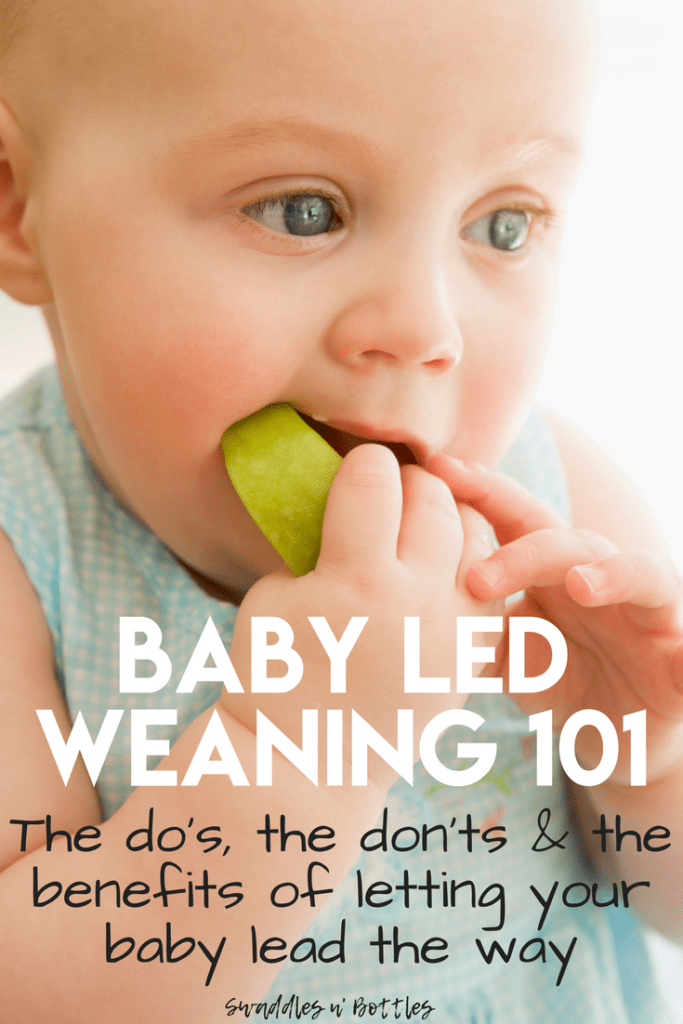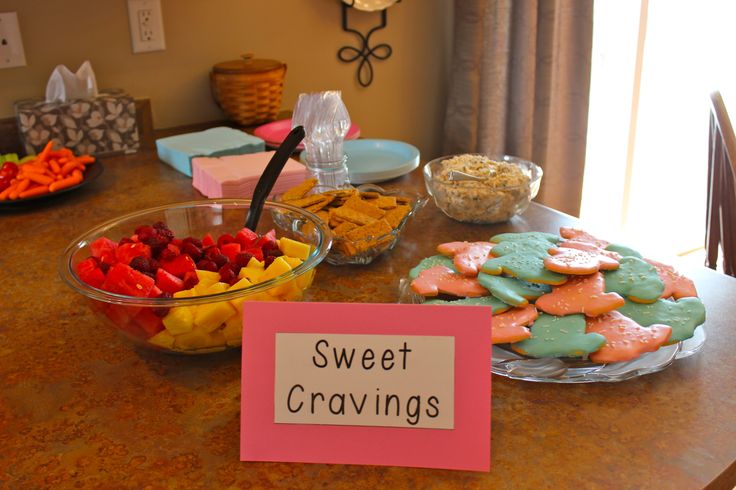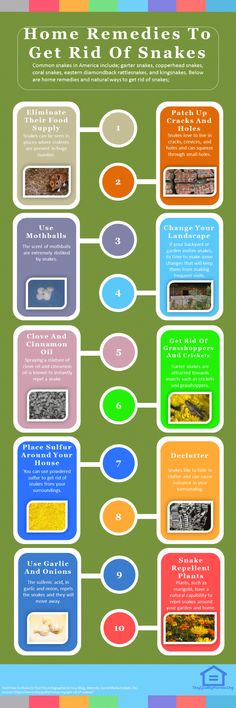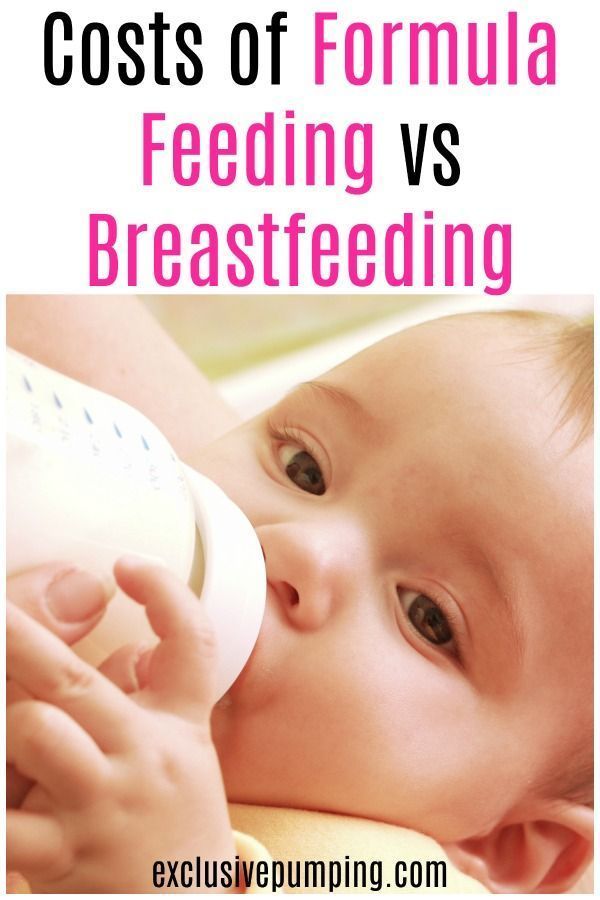Baby led feeding solids
What is baby-led weaning and what foods are best for it?
Baby-led weaning is a way to introduce solid foods to babies. Instead of spoon-feeding baby cereal and purees, parents skip straight to finger foods and let their baby feed themself. The best foods for baby-led weaning are large pieces of soft foods that are easy to grab and chew, like banana spears, baked apple slices, thin slices of toast, and soft-cooked meat. There isn't much research on the benefits and drawbacks of baby-led weaning, so talk to your pediatrician to see if it's a good fit for your baby.
Baby-led weaning (BLW) is a method for starting your baby on solids. Instead of spoon-feeding them mushy cereals and purees, you put large chunks of soft food directly on the highchair tray or table, and let your baby grab the food and feed themself. It's called "baby-led" because you let your baby pick up the food and eat at their own pace, instead of controlling how much and how quickly they eat.
Just as with traditional spoon-feeding, your baby will continue to get most of their nutrition from breast milk or formula until they get used to eating solid food (usually around their first birthday).
Check out our videos to see how it's done:
- Baby-led weaning: Signs your baby is ready
- Baby-led weaning: Getting started
- Baby-led weaning: 9 great finger foods
- Baby-led weaning: Is gagging normal?
When to start baby-led weaning
Most babies are ready to start BLW when they're about 6 months old, though some may need more time. Your baby will give you a few signs they're ready for solid foods: If they can sit up without support, can grab and put objects in their mouth, and open their mouth when food is offered, they're probably ready to begin exploring table foods.
Keep in mind that BLW may not be right for babies with special needs or babies who are unable to pick up and chew food on their own. Talk with your baby's doctor before trying BLW, especially if:
- Your baby has special needs and can't chew very well.
- Your baby has difficulty picking up food and moving it to their mouth.
- Your baby was born prematurely.
 Premature babies have an adjusted developmental milestone schedule, so they may not be ready for solid food at 6 months – and they have different caloric needs in their first year.
Premature babies have an adjusted developmental milestone schedule, so they may not be ready for solid food at 6 months – and they have different caloric needs in their first year.
How to start baby-led weaning
If your baby shows signs of readiness and their doctor says it's okay to try BLW, here are some tips for getting started:
- It will take your baby time to learn to eat solids, and in the meantime, they'll still be getting their nutrition primarily from breast milk or formula. BLW sessions can focus on fun and exploration. If your baby's hungry, it might be best to give them a bottle or nurse them before offering solid food, so they don't get frustrated.
- BLW can be messy! Manage the mess with a large bib or smock. Placing a mat under your baby's highchair can make for easier cleanup, too.
- Make sure you or another adult is always watching carefully during meals and knows what to do if your baby starts choking. As long as you're watching them, BLW doesn't create a higher risk of choking.
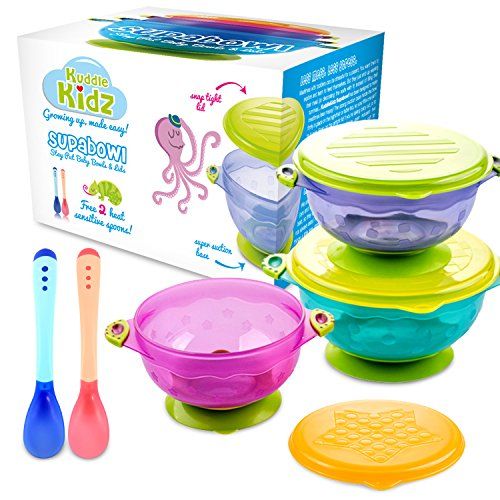
- When it's time to feed your baby, sitting upright in a highchair, not leaning back, is the safest choice.
- Offer your baby soft or well-cooked food cut into sticks or strips that are at least as long as their fist, not bite-size pieces. They'll likely try to hold the food in their fists and smash it into their mouth at first. Over time, they'll learn to grip the food between their thumb and forefinger.
- Don't offer your baby foods that can be choking hazards, like nuts, grapes, popcorn, and foods cut into coins, including sausages and hot dogs.
- Make sure your baby's food passes the "squish test" by checking whether you can squish it on the roof of your mouth with your tongue. That means no raw vegetables and no hard, raw fruit (such as apples) or citrus fruit (unless each segment is peeled). The exception is pieces of food that are large and fibrous enough that small pieces don't break off when sucked or chewed. For example, soft-cooked meat is okay, but cheese sticks are not.
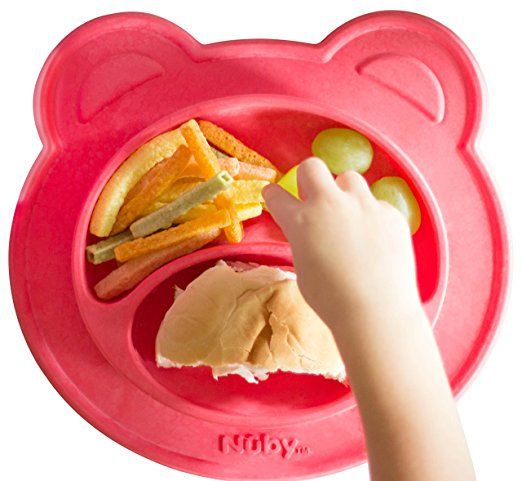
- Put food directly on the highchair tray or table in front of your baby. (Bowls and plates will just end up on the floor.)
- Introduce new foods one at a time. Just as with spoon-feeding, wait three to five days after introducing a new food before trying the next one. That way, if your baby has an allergic reaction, you'll know which food probably caused it.
- Eat as a family whenever possible. Babies learn to eat by observing and imitating other family members. Family mealtimes can also help your baby feel like part of the group.
Advertisement | page continues below
As with many other parenting approaches, what works for some families won't necessarily work for yours. Some families strictly follow the BLW approach, while others do a combination of BLW and spoon-feeding. For example, you could spoon-feed your baby purees and mashed food sometimes, but allow them to feed themself finger foods (like the ones listed below) at other times.
Good baby-led weaning foods
Some foods that are good to use with BLW include:
- Well-cooked vegetable sticks, including steamed carrots, zucchini, sweet potatoes, and beets
- Food with interesting shapes and textures, such as steamed broccoli and cauliflower florets, and slices of ripe avocado
- Soft, ripe fruits, including banana, papaya, pear, kiwi, melon, and soft-cooked apple
- Large strips of poached chicken or fully cooked steak.
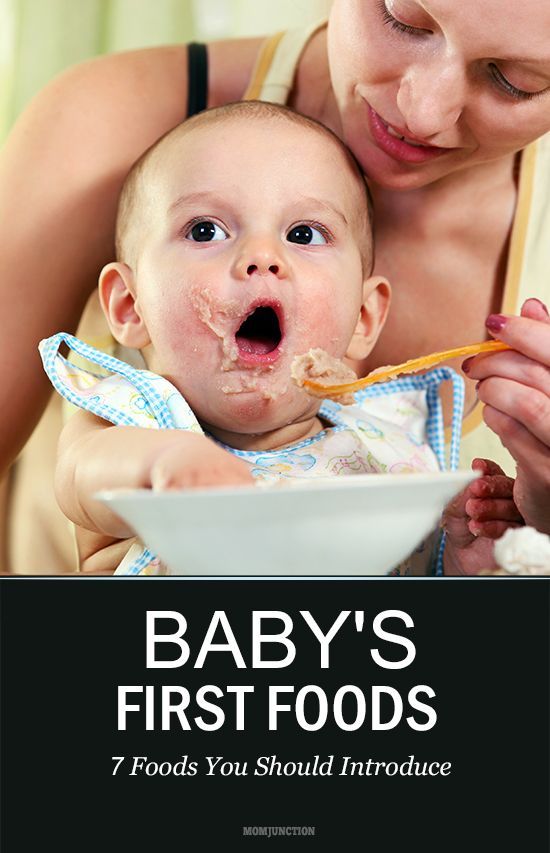 Babies won't be able to chew and swallow meat like steak, but they can gnaw and suck on it to get the flavor.
Babies won't be able to chew and swallow meat like steak, but they can gnaw and suck on it to get the flavor. - Whole-grain or vegetable pasta in a shape that's easy to grab, like fusilli or penne
- Rice rolled into balls
- Lentil patties
- Salt-free rice cakes
- Pieces of tofu
As your baby progresses, they can start learning to dip their food chunks into hummus, unsweetened yogurt, and guacamole.
Gagging and choking in baby-led weaning
One concern about giving babies whole food to eat is whether 6-month-old babies are developmentally ready to chew and swallow chunks of food and whether these chunks – even when they're soft – are choking hazards.
Research suggests that baby-led weaning isn't associated with a greater risk of choking. As long as you're watching your baby while they eat and giving them easy-to-eat foods, baby-led weaning is safe.
Whether they're being spoon-fed or feeding themselves, many babies gag when they first start solids, and this can be disconcerting or even frightening.
Gagging is a normal reflex babies have as they learn to eat solids. Gagging brings food forward inside your baby's mouth so they can chew it more or try to swallow a smaller amount. As they get more experience with solid food, your baby will gag less often.
It's also normal for babies to gag as they get used to new flavors and textures. If your baby gags a lot, remember it's a temporary stage that your baby will get through. (If your baby's gagging doesn't improve on its own, talk with their doctor. There are some babies who need feeding therapy, usually with a speech therapist or occupational therapist.)
Here's how to recognize the difference between gagging and choking:
- A child who is gagging may push their tongue forward or out of their mouth and do a retching movement to try to bring food forward. Their eyes may water. They may cough or even vomit. Let your child continue to cough because that's the most effective way to resolve the problem.

- A child who is choking is unable to cry, cough, or gasp. They may make odd noises or no sound at all while opening their mouth. You may need to do back blows or chest thrusts to dislodge the blockage. It's a good idea to take an infant first aid class so you know what to do if your baby chokes.
The pros and cons of baby-led weaning
Many experts say more research is needed on baby-led weaning, but some studies have found it may have the following benefits:
- Healthy eating: Since babies feed themselves, BLW allows them to learn how to listen to their hunger cues and stop eating when they aren't hungry anymore, rather than relying on their parents to tell them when to stop eating. This may produce healthier eaters. Allowing babies to explore different food flavors and textures may make them more adventurous eaters who are more likely to eat a broad range of foods as they grow up.
- Skill development: By trying to grasp and eat chunks of food, infants practice fine motor skills.
 BLW allows babies to practice eye-hand coordination and picking up pieces of food using the pincer grasp.
BLW allows babies to practice eye-hand coordination and picking up pieces of food using the pincer grasp. - Can be easier for parents: Though you still need to supervise your baby closely, you won't need to spoon-feed your baby with BLW. Your baby can be part of your family's regular dinnertime flow.
There are also potential downsides to baby-led weaning. Some researchers are concerned about:
- Low calorie intake: Because babies are responsible for moderating their own eating, and because young babies aren't very experienced at feeding themselves, they may not eat as much food in their early months of BLW compared to spoon-feeding.
- Nutritional deficiencies: BLW babies may end up deficient in iron, especially if they don't drink formula, because they don't get the iron-fortified cereal that spoon-fed babies are often given.
It takes babies a while to get used to solid food. To ensure adequate nutrition, continue breastfeeding or bottle-feeding your baby during their first year, even after they start eating solid food. (Your baby's main source of nutrients will be breast milk or formula until they're about a year old.) As they learn to eat solid food, they'll need less breast milk or formula.
(Your baby's main source of nutrients will be breast milk or formula until they're about a year old.) As they learn to eat solid food, they'll need less breast milk or formula.
If you're not sure how much your baby needs to eat and when, check out our age-by-age guide to feeding.
Your baby's doctor will keep track of your baby's growth at well-child visits, so talk with them if you're concerned about how much your baby eats or weighs.
What is baby-led feeding?
Baby-led feeding is often just another name for baby-led weaning. "Weaning" has different meanings in different places – in the United Kingdom, where baby-led weaning started, it refers to the process of introducing solid foods to your baby. But in the United States, it most often refers to ending breast- or bottle-feeding.
Because of that, baby-led weaning is sometimes referred to as "baby-led feeding" in the U.S.
For some, the terms are synonymous. For others, though, baby-led feeding is the unofficial name of a slightly different approach that blends traditional spoon-feeding and baby-led weaning techniques. That might mean offering purees when it's easier and faster, like at daycare or when your family is on the go, and then allowing your baby to eat soft table foods and finger foods at home. This method is also sometimes called modified baby-led weaning.
That might mean offering purees when it's easier and faster, like at daycare or when your family is on the go, and then allowing your baby to eat soft table foods and finger foods at home. This method is also sometimes called modified baby-led weaning.
Baby-led weaning tips
There's no official guidance from the American Academy of Pediatrics (AAP) on baby-led weaning, but many experts say it's safe as long as your baby is developmentally ready to start eating solids. Here are some tips from experts on using BLW:
- Be flexible and be willing to use whatever method works best for your child.
- Make sure the food is developmentally appropriate for your child.
- Food for 6-month-olds doesn't need to be pureed, but it should be the texture, consistency, and size that the child can handle.
- Stay nearby and watch your child eat.
- Be mindful of choking hazards – don't give your baby big globs of sticky foods like peanut butter or hard foods like raw carrots and apples.

- Offer a food several times before deciding your baby doesn't like it. Sometimes, it just takes a little while for your baby to get used to a new flavor or texture.
And here are some comments on BLW from parents who used the method and liked it:
"[Baby-led weaning was] one of the best decisions we made with our daughter. She's a fantastic eater and eats a great variety of food. I also believe it made her a great restaurant eater. We always got compliments on how well-behaved she was, and people were always shocked to see a 7-month-old feeding herself in a restaurant."
— Michele
"BLW worked great for us. I have never felt that because of BLW my son wasn't eating healthy foods. In fact, I thought the opposite because he wasn't getting anything processed."
— Heather
"We started baby-led weaning my little guy when he was 6 months old, and we've never looked back. We were really nervous at first about him choking, but in the four months we've been doing this, he hasn't choked once! I'm a huge advocate for BLW.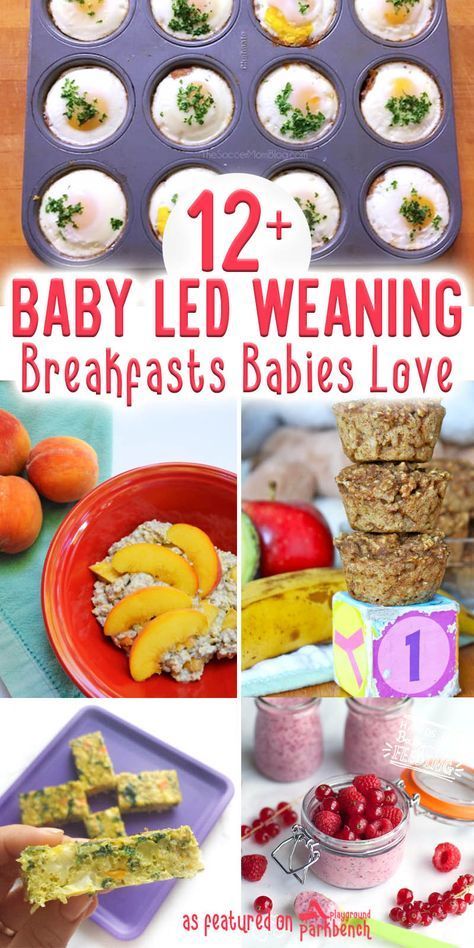 My son will eat anything that I put in front of him and is so excited to try new foods."
My son will eat anything that I put in front of him and is so excited to try new foods."
— Mandy
"I love baby-led weaning, but it's probably not a magic bullet. I like it because it has freed up a lot of time for me. (I don't have to sit and spoon-feed at every meal.) And it allowed my son to be independent in choosing and eating food. It worked for us because my son was developmentally normal, at a normal weight, and had good manual dexterity."
— Laura
Check out our Community group on baby-led weaning to see what other questions and experiences parents have had with this technique.
Introducing Solids: Baby Led Weaning
Read time: 5 minutes
What should I know about Baby Led Weaning?- Understand the key features of Baby Led Weaning
- Learn the possible benefits of the feeding style
- Recognize the potential detriments and risks
- Learn which foods to start with and which to avoid
At around six months, babies are ready to complement their formula or breastmilk intake with solid foods.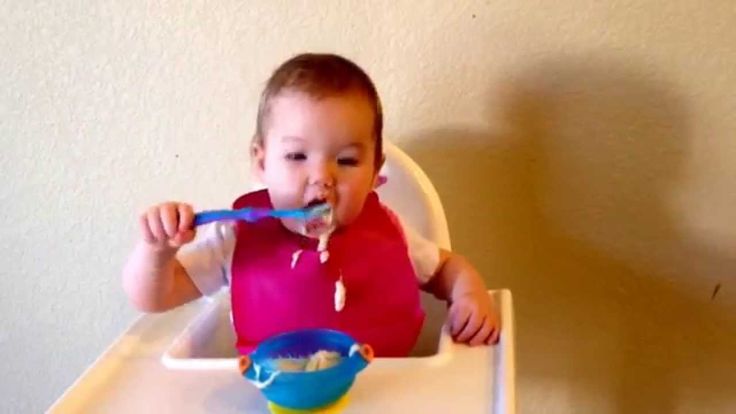 1,2,3
1,2,3
During this time your baby’s needs increase for certain nutrients, such as vitamins C and A, folate, calcium, magnesium, zinc, and iron; some of which cannot be met by breastfeeding alone.3,4 Additionally, this is a time when baby is ready to begin developing the skills needed for feeding and eating.5
Read more: Introducing solids: Signs of Readiness
Spoon-feeding purees versus Baby Led WeaningTraditionally, starting solids begins with spoon-feeding pureed foods and gradually advancing in texture and consistency to lumpier and more solid foods over time.2,5 This method puts the caregiver in control of the feeding.
The Baby Led Weaning (BLW) method emphasizes self-feeding soft solid foods rather than spoon-feeding purees.6 This puts the infant in control of what and how much they eat.7
Learn more: Introducing Solids: Purees Versus Baby Led Weaning
What is Baby Led Weaning?According to Gill Rapley, the pioneer of Baby Led Weaning, this feeding method encourages infants to explore more textures and tastes, to be more independent, to better develop chewing skills, and to help in the development of hand-eye coordination. 7,8
7,8
It is recommended to wait until at least six months to try BLW as babies are more developmentally capable of reaching for food and putting it in their mouth at this age.8
The feeding process involves putting soft, whole foods, cut into appropriate size pieces that are easy to grasp, onto your baby’s tray and then letting them eat what and how much they want.7 In fact, many advocates for BLW encourage the feeding of family foods and meals with adjustments to the food’s size and texture for baby.6,7,8
Learn about: The Division of Responsibility: Helping Avoid Picky Eating
Potential benefits of Baby Led WeaningProponents of Baby Led Weaning believe there are several advantages BLW has over spoon-feeding purees.
May encourage greater acceptance of a variety of foods and development of healthy eating habits. 6,7,8Tip: Regardless of the method you choose to feed your infant, giving vegetables and other foods repeatedly, even after they were initially rejected, can help infants begin to accept and enjoy them.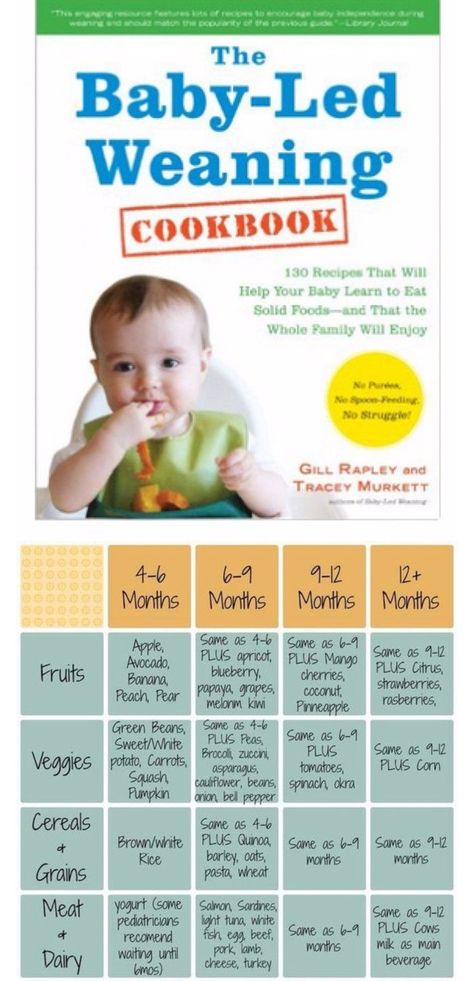 It can actually take more than 10 tastes before your little one accepts a new food or texture.9,10,11
It can actually take more than 10 tastes before your little one accepts a new food or texture.9,10,11
Tip: Whether you are using BLW or spoon-fed purees, it is important to listen to your baby’s hunger and fullness cues.15,16 Babies know when they are full and can self-regulate their food intake.17 Stop when your little one shows signs they are full or no longer interested in eating.
May promote healthy oral motor and chewing skills.7,14Tip: No matter the feeding technique you choose, aim to progress through textures as soon as your baby is ready.5,18
Potential Disadvantages of Baby Led WeaningPotential
problem: Potential for too much salt and sugar6,8Family diets are not necessarily adapted to an infant’s needs.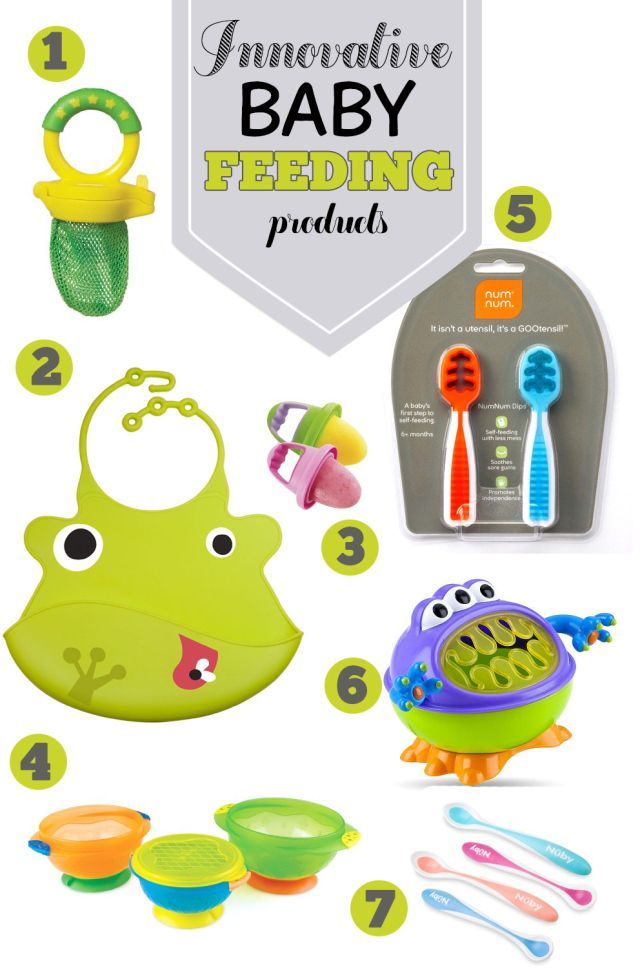 Typically, proponents of BLW recommend having your baby join family meals and be offered the same foods as everyone else; just in soft, graspable pieces.6,7,8 However, the family meal may have much more salt and/or sugar than what is recommended to feed a baby under 1 year.
Typically, proponents of BLW recommend having your baby join family meals and be offered the same foods as everyone else; just in soft, graspable pieces.6,7,8 However, the family meal may have much more salt and/or sugar than what is recommended to feed a baby under 1 year.
Solution: Reduce or avoid added sugar and salt in baby’s meal.2,3
During infancy your baby is developing their lifelong taste preferences – foods baby eats now may impact what they will choose when older.18,19 Introducing foods with their natural tastes will help your baby be more open to these flavors in the future. The 2020-2025 Dietary Guidelines for Americans recommends no added sugar up until baby is 2 years old.3
Read more: Healthy Snacks for Babies and Toddlers
Potential problem: Not enough calories6,20Since BLW encourages self-feeding, this often makes vegetables and fruit the primary first foods offered, as fortified baby cereals and other foods may be initially more difficult to self-feed. While produce is an important part of the diet, alone it may not provide quite enough calories to meet your infant’s nutritional needs.
While produce is an important part of the diet, alone it may not provide quite enough calories to meet your infant’s nutritional needs.
Solution: Offer a wide variety of foods
For sufficient nutrient and calorie intake, aim to feed your infant a variety of foods, including vegetables, fruit, fortified cereals and grains, meat, poultry, fish, beans, legumes, and eggs – all at the appropriate consistency for your baby’s age. Include healthy fats, such as oils, nut butters, and butter, in the preparation of your little one’s food.
Most importantly, continue to provide mostly breastmilk and/or formula. These milks will remain a primary source of calories, hydration, and nutrients until your little one gets closer to 1 year.21,22
Read more: Meal Plan for 6 to 9 Month Old Baby
Potential problem: Inadequate iron intake6,8,14The need for iron increases exponentially after 6 months of age. The primary sources of iron when feeding infants include fortified cereals, beans, spinach, tofu, meat, and poultry. 23 Some of these foods may be more difficult to consume for a self-feeding infant, so should you choose BLW, be aware of this potential nutrient gap in your baby’s diet.
23 Some of these foods may be more difficult to consume for a self-feeding infant, so should you choose BLW, be aware of this potential nutrient gap in your baby’s diet.
Solution: Offer iron-rich foods most days
To make fortified cereals easier for baby to eat, try making it fairly thick so that it sticks to the spoon easier. Pre-load the spoon and let your baby self-feed. You can also provide fortified soft-cooked pasta for your little one to eat. Offer soft roasted beef or chicken in strips for baby to grasp and gnaw on or if baby’s pincer grasp is good, offer them in shreds. Provide small cubes of tofu.
Read more: Nutrient Needs and Feeding Tips for 6 to 12 Month Olds
Potential problem: Risk of choking6,8,14This is one of the most common concerns when it comes to baby led weaning. Some babies, such as those born prematurely, may not yet be able to coordinate the chewing, breathing, and swallowing needed to feed themselves at six months.
Solution: Provide soft enough foods and supervise mealtimes
Ensuring you are providing your infant with the appropriately sized, soft foods, as well as watching your infant closely during the feeding process, will help prevent choking from occurring. The good news is that studies indicate choking does not seem to happen more often during baby led weaning than during traditional practices.8,24
Always chat with your pediatrician before starting solids to ensure your little one is ready.
Read more: Preventing Choking in Infants and Toddlers
Tips for getting started with Baby Led WeaningFirst foods in Baby Led WeaningMake sure the first foods you introduce are soft. You’ll know it’s the right consistency if you can smush the food between your fingers. Providing the food in a baby-fist-sized strip will allow your little one to grasp it more easily.
- Soft steamed apple or pear slices, skin removed
- Banana, avocado, ripe mango
- Steamed strips of sweet potato, butternut squash, green beans; broccoli and cauliflower florets
- Over-cooked pasta, particularly those fortified with iron
- Well-cooked, soft fish; skin and bones removed
- Well-cooked scrambled eggs
- Well-cooked ground or finely chopped chicken, turkey, or meat
Avoid adding salt and sugar to baby’s food for optimal taste development and health.
Introducing solids is a messy endeavor! Initially, feeding solids is less about nutrient intake and more about learning to eat and tasting new foods. Don’t be discouraged if only a small amount of food makes it into your baby’s mouth. This is why continuing to feed enough breastmilk and/or formula is so important.
Once your baby gets the hang of eating, be sure to watch for the signals that they are full. This will help prevent the learned practice of over-eating and help build healthy habits for years to come.
Learn more: Understanding Your Baby’s Hunger and Fullness Cues
Bottom line: Do what works for you and your babyIt’s perfectly fine to use a combination of feeding practices as you introduce foods to your infant. There are currently no studies showing that one method of feeding is better than the other.
As long as you progress through textures and stages when your baby is ready and offer a variety of foods, you will be setting up a solid foundation for your baby’s future healthy eating habits.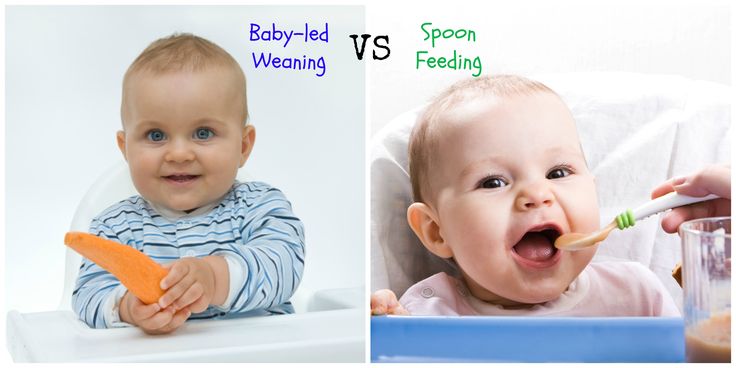
If you are still unsure, speak with your baby’s pediatrician to help determine what’s best for your baby.
Let’s Chat!We know parenting often means sleepless nights, stressful days, and countless questions and confusion, and we want to support you in your feeding journey and beyond.
Our Happy Baby Experts are a team of lactation consultants and registered dietitian nutritionists certified in infant and maternal nutrition – and they’re all moms, too! They’re here to offer personalized support on our free, one-on-one, live chat platform Monday through Friday, from 8am–6pm ET, and Saturday and Sunday, from 8am–2pm ET. No appointment needed, no email or sign-up required. Chat Now!
Read more about the experts that help write our content!
For more on this topic, check out the following articles:Introducing Solids: First Foods and Advancing Textures
Introducing Solids: Signs of Readiness
How Can I Make my own Pureed Baby Food?
How to Store Baby Food
Preventing Choking in Infants and Toddlers
Teaching your baby to self feed
Baby feeding bottles | Philips Avent
Baby feeding bottles | Philips Avent Search Support iconKeywords for search
- Video, Audio, Communication 9000 nine0006
Which
teats are right for my baby?Is the milk flow rate suitable for the baby?
You can find the right pacifier for your baby in the Classic+ and Natural series. Depending on the age, nipples with a different number of holes are suitable for the child.
Depending on the age, nipples with a different number of holes are suitable for the child.
Avent Baby Bottles
Our most affordable bottle feeding solution
Philips Avent Standard/Essential Baby Bottles make feeding easier for your baby. Thanks to soft silicone and stiffening ribs, the baby can easily grasp the pacifier.
See Standard/Essential bottles
Standard/Essential bottles
Our most affordable baby feeding solution
Philips Avent Standard/Essential bottles make feeding easier for your baby. Thanks to soft silicone and stiffening ribs, the baby can easily grasp the pacifier. nine0003
Baby Bottle Accessories
Sterilization and Feeding Tips
*Babies fed with Philips Avent bottles have less colic than babies fed with regular bottles. Babies at 2 weeks of age showed less anxiety and irritability when fed with the Philips Avent bottle compared to babies fed with other bottles.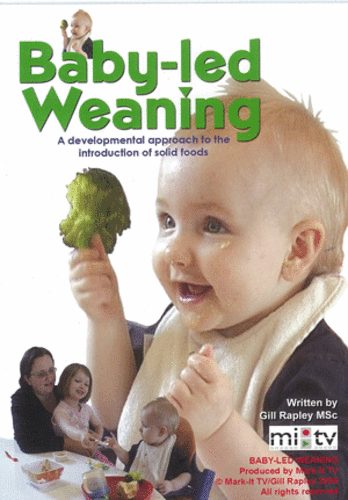
** Compared to Philips Avent Classic+ bottles according to a study conducted in 2012 at the Scientific Center for Children's Health of the Russian Academy of Medical Sciences.
You are leaving the Philips Healthcare (“Philips”) official website. Any links to third party websites that may be included on this site are provided solely as a convenience to you. Philips makes no warranties regarding any third party websites or the information they contain.
I understand
You are about to visit a Philips global content page
Continue
You are about to visit the Philips USA website.
I understand
You are leaving the Philips Healthcare (“Philips”) official website. Any links to third party websites that may be included on this site are provided solely as a convenience to you. Philips makes no warranties regarding any third party websites or the information they contain. nine0003
nine0003
I understand
You are about to visit a Philips global content page
Continue
You are about to visit the Philips USA website.
I understand
Our site is best viewed using the latest versions of Microsoft Edge, Google Chrome or Firefox.
Baby bottles | Philips Avent
Baby Bottles | Philips Avent search support iconSearch keywords
- video, audio, communication 9000 83.3% *
-
{{#if this.Badges}} {{#if this.Badges.StaffYes}}
Philips Employee
{{/if}} {{#if this.
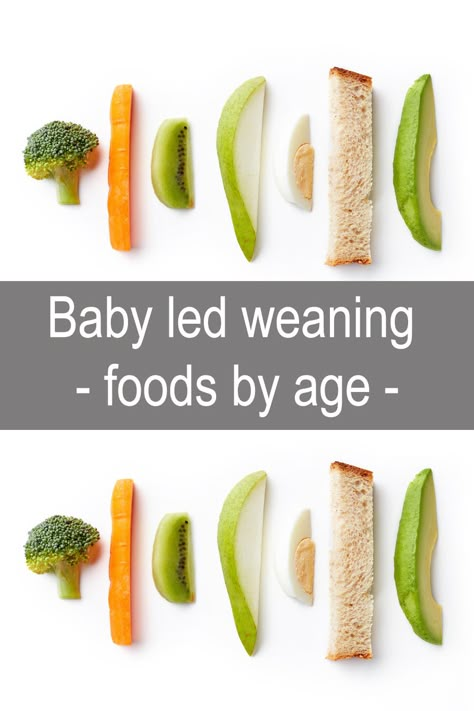 Badges.verifiedPurchaser}}
Badges.verifiedPurchaser}} Verified Buyer
{{/if}} {{#if this.Badges.incentivizedReview}}
Part of the promotion This reviewer was rewarded for writing this review. The reward may be a coupon, product sample, raffle ticket, loyalty points, or other valuable prize given out for writing a review of this product.
{{/if}} {{#if this.Badges.Expert}}
Expert Opinion This review was written by an industry expert after product testing provided by Philips
{{/if}} {{/if}}
{{this.Title}}
{{/each}} -
{{this.UserNickname}}
{{#if this.Badges}} {{#if this.Badges.StaffYes}}
Philips Employee
{{/if}} {{#if this.Badges.verifiedPurchaser}}
Verified Buyer
{{/if}} {{#if this.Badges.incentivizedReview}}
Promotion Part This reviewer was rewarded for writing this review. The reward may be a coupon, product sample, raffle ticket, loyalty points, or other valuable prize given out for writing a review of this product. nine0003
{{#if this.Badges.Expert}}
Expert Opinion This review was written by an industry expert after product testing provided by Philips
{{/if}} {{/if}}
{{this.
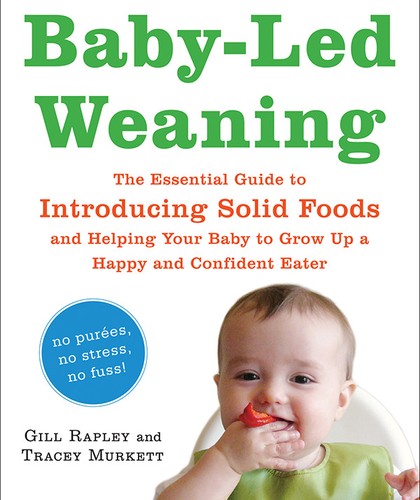 Title}}
Title}} {{this.ReviewText}}
{{#if this.IsRecommended}}
Yes, I recommend this product
{{/if} }
{{/each}}
Natural Baby Bottles
Natural Baby Bottles
Best breastfeeding compatibility
Natural Baby Bottles
- {{#each userReviews}}
The Philips Avent Natural bottle range is designed for mothers who want to alternate between breastfeeding and bottle feeding. Thanks to the wide physiological nipple, the Natural Series allows the baby to not wean from natural sucking.
Wide physiological nipple for natural latch on
Unique petals that make the nipple soft, flexible and firm, and help your baby to feed continuously
The ability to choose a bottle material: the Natural series is presented both in plastic and glass
Innovative double anti -brim valve
Ergonomic form: the bottle is easy to keep even the baby
easily understands
1 9,0003
What other moms say about Philips Avent Natural baby bottles
{{sitetextsObj. averageRating}}
averageRating}}
- {{#each userReviews}}
Read all reviews ({{totalReviewCount}})
Looking for the most natural way to bottle feed?
Start with the Natural bottle to help you combine breastfeeding and bottle feeding.
SCF030/27
125 ml, 2 pcs.
SCF033/27
260 ml, 2 pcs.
SCF036/17
330 ml, 1 pc. per pack
Choose the right flow rate
Ultra-soft and flexible teat for younger babies
Smooth, bite-resistant teats for older babies
As the baby grows, the appropriate shape of the teat will also change. Your baby will feel more confident with bottle feeding and will be able to drink more milk in less time.
Our teats are designed to deliver the right milk flow at every stage of your baby's development. They are made from a variety of materials, from ultra-soft to bite-resistant, and vary in flow rate. nine0003
They are made from a variety of materials, from ultra-soft to bite-resistant, and vary in flow rate. nine0003
Expert advice to help you make your choice
1 Based on online survey conducted in 2018; more than 8,000 women around the world took part in the survey, using baby products from various manufacturers
* Based on the results of the Baby Index -2020 study by Ipsos Comcon LLC in the categories of breast pumps and feeding devices
** Based on the results of the study " MEDI-Q-2020" by Ipsos Comcon LLC in the categories of breast pumps and feeding devices
*Wide physiological nipple reduces the risk of breast rejection by 83.3%. Source: O.L. Lukoyanova1, T.E. Borovik1, 2, I.A. Belyaeva1, G.V. Yatsyk1 ;1 Scientific Center for Children's Health, Russian Academy of Medical Sciences, Moscow, Russian Federation; 2 First Moscow State Medical University. THEM. Sechenova, Russian Federation "The use of modern technological methods to maintain successful breastfeeding", 02.